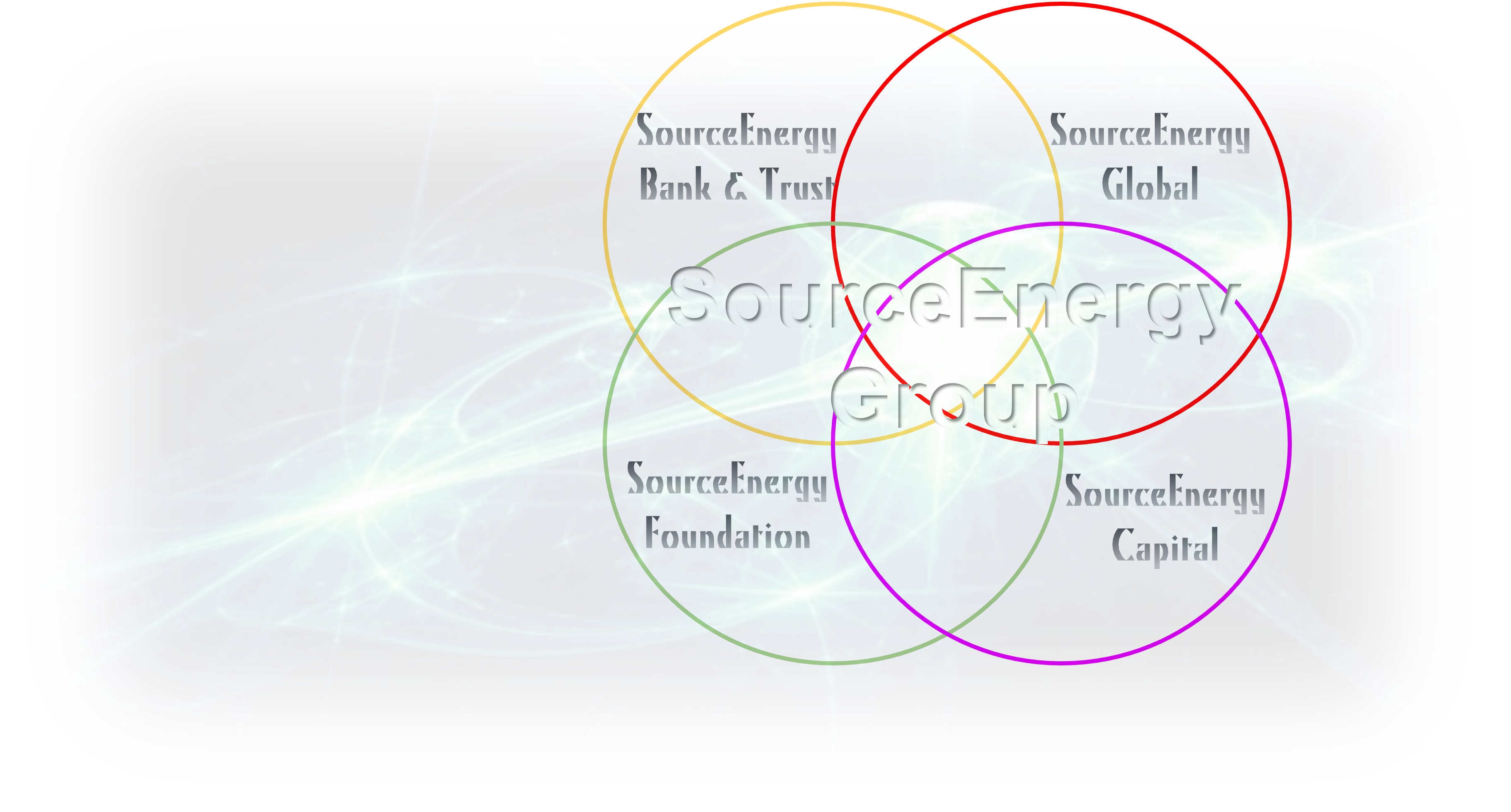Manifesto
The Wealth Ecology Manifesto
Introduction
In a world fraught with inequalities, depleting resources, and mounting debt, we propose a new paradigm: the Wealth Ecology Model. This manifesto is a clarion call to individuals, communities, corporations, and nations to adopt an integrated approach that harmonizes Energy, Technology, Community, and Education.
Pillars of Wealth Ecology
Energy: The Lifeforce of Progress
We commit to diversifying and localizing energy sources and making them ecologically sustainable. Our aim is to decouple economic growth from environmental degradation.
- Action Steps:
- Invest in renewable energy projects.
- Promote energy efficiency across all sectors.
Technology: The Catalyst for Transformation
We pledge to leverage technology as a tool for economic and social empowerment, and not as a means to widen existing inequalities.
- Action Steps:
- Create open-source platforms for information sharing.
- Strengthen cybersecurity frameworks to protect communal and national interests.
Community: The Fabric of Society
We affirm that real wealth lies in the vibrancy and resilience of our communities. Hence, we shall work towards socio-economic frameworks that prioritize collective well-being over individual gains.
- Action Steps:
- Foster community-led development funds.
- Advocate for policy reforms that recognize social capital.
Education: The Bedrock of Enlightenment
We recognize that a well-educated population is a nation’s true asset. We will endeavor to provide equitable and quality education that prepares individuals to be global citizens.
- Action Steps:
- Introduce curricula that focus on skill-based learning.
- Partner with tech companies to make education accessible and inclusive.
The Road Ahead
We acknowledge that this vision cannot be fulfilled by isolated efforts. It demands collective action, informed by data, and driven by empathy. Hence, we propose the following:
- Stakeholder Engagement: Form alliances across sectors to achieve shared goals.
- Sustainable Metrics: Establish key performance indicators that align with sustainable development goals.
- Fiscal Responsibility: Engage in responsible borrowing and lend financial support to initiatives that adhere to the Wealth Ecology framework, thereby contributing to resolving the issue of national debt.
Conclusion
The Wealth Ecology Model is not just an ideal but a necessary framework for our times. It calls us to reimagine wealth, not as a means to an end but as an ecosystem that nourishes every aspect of human life.
Let this manifesto serve as our shared commitment to this transformative vision.
